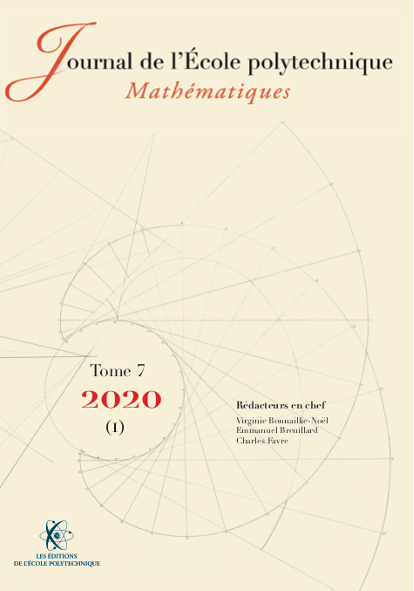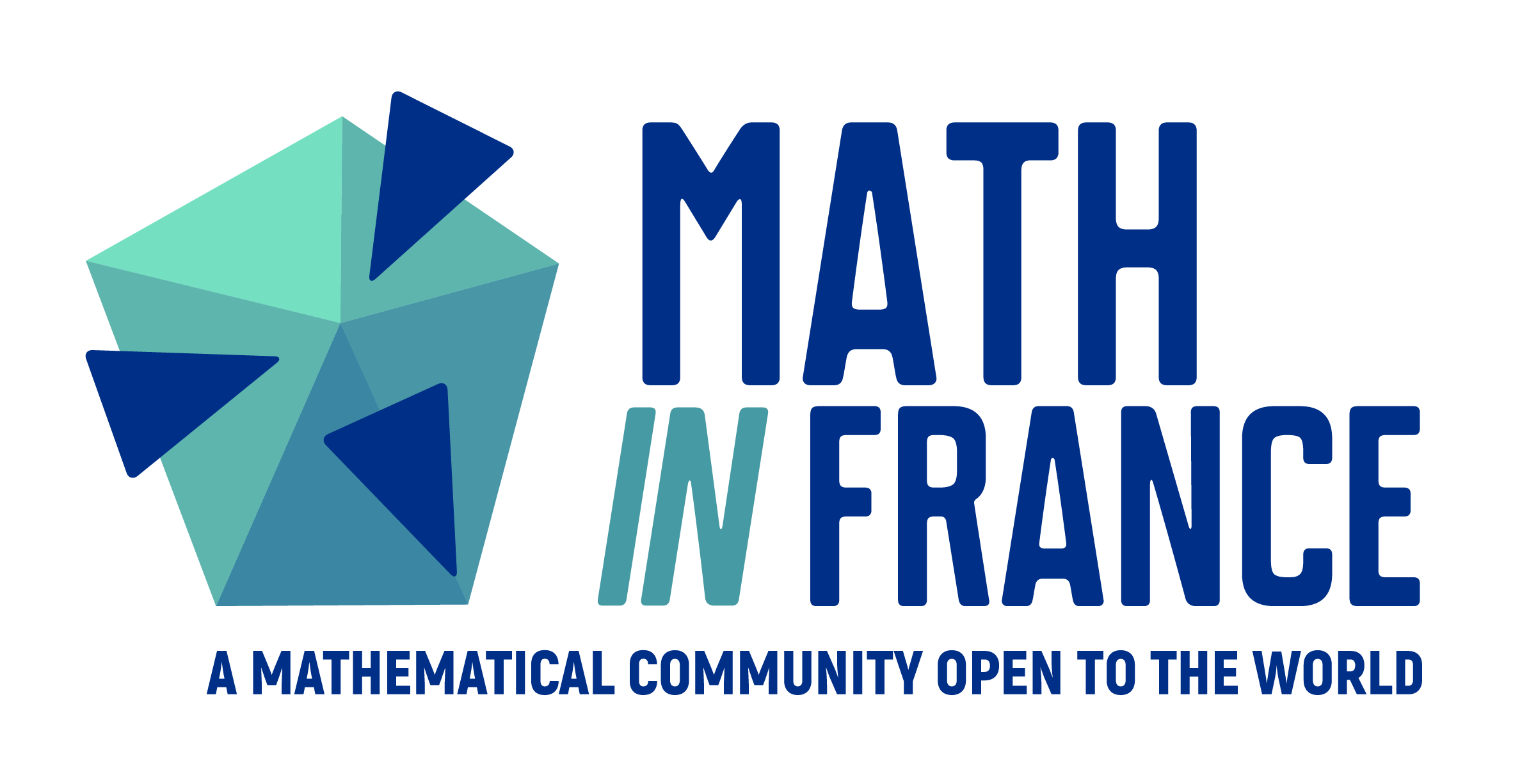Centre Mersenne for scientific open publishing presents Journal de l’École polytechnique
A public publishing infrastructure at the service of the community, implemented by the Mathdoc cell1 , Centre Mersenne offers access to 21 journals, 14 of which in mathematics (see member journals), that you can read free of charge and in which, again free of charge, you can publish your best papers. Discover those journals.
- 1Support unit (CNRS et Université Grenoble Alpes)
The Journal de l'École polytechnique - Mathématiques (JEP) publishes, in French or English, original research articles in mathematics. JEP aims to reach a level comparable to that of the best international journals in all fields of fundamental and applied mathematics.
The rebirth of the Journal de l'École polytechnique - Mathématiques in 2014 was motivated by the need to revitalize an alternative to commercial publishing, whose exaggerated price increases exasperated the scientific communities, especially during 2012. The economic model of a mathematical publication funded by academic institutions and, as such, open access and without publication fees for authors, seemed accessible for several reasons:
- mathematicians' resistance to purely electronic publications, which was still strong in the early 2000s, had declined markedly by 2010;
- academic structures were ready to support the project technically, namely Mathdoc and Mathrice;
- the encouragement of the Insmi and the support of the École polytechnique to move forward could allow the use of the necessary human resources.
In January 2013, Robert Rosebrugh wrote in the AMS Notices, "Let's just do it." So, "we did it." The subsequent transformation of Mathdoc's Cedram (Center for the Dissemination of Mathematical Academic Journals) program into the Mersenne Center for Open Scientific Publishing and the development of new electronic journals (e.g., the Annales Henri Lebesgue or the epi-journal of algebraic geometry) have shown the soundness and viability of this strategy.
To do justice to its ancestor, the JEP publishes a very broad spectrum of mathematics and tries to meet the challenge of having communities with different practices coexist in the same publication. It appears that PDEs (MSC 35) and algebraic geometry (MSC 14 and 32) occupy an important place, but the whole range of topics in the Mathematics Subject Classification is fairly well represented: at the extremes of the spectrum, articles related to biology, information theory, and geophysics, for example, coexist with articles in logic, algebra, and combinatorics; mechanics (statistical mechanics, particle mechanics, fluid mechanics, deformable media), calculus of variations, probability, and statistics are present alongside number theory group theory and differential geometry.
If many submissions, in the first years, arrived with the explicit aim of supporting this new journal, it is the quality of its editorial process and its reputation that now take precedence: this is measured in particular by the internationalization of the origin of the authors. The articles published can be long, even more than a hundred pages: it is the quality and originality of their content that are evaluated, not their adequacy to a pre-established model. The increase in the number of submissions as well as the number of pages published per year has led to a more rigorous selection process.
Three editors are supported by a team of 30 editors, an editorial secretary and a technical director. The ambition being to be a selective journal, one or two quick opinions are requested before a possible further evaluation, in order to shorten the time before a potential rejection. The length of the submission evaluation process can then be quite long. Final decisions are made collectively, in a very reasoned manner, by the editorial team. While the editorial team does its best to keep the evaluation time reasonable, it takes care, when possible, to warn authors of possible delays. In return, the publication of the accepted articles is done very quickly (one to two weeks in general) after the sources are sent. The harvesting by the MathSciNet and zbMATH Open databases being very regular, the articles are referenced in these databases between one and two months after their acceptance. The journal does not practice online first, which distorts the publication date of articles. This attention to authors is appreciated and it is not uncommon for the journal to receive messages such as "I wanted to tell you that the treatment of my article that recently appeared in your journal was extraordinary. Not only was the choice of referee excellent, but the proofreading was a pleasure. And the end result is very satisfying."

Ever considered publishing in France?
Publish in France gives you all the keys.

